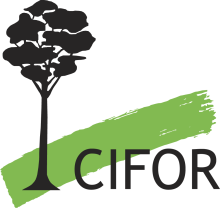Resource information
Dry forests in Sub-Saharan Africa (SSA) cover approximately 43% of the continent. They are inhabited by nearly 236 million people, many of these the poorest in the world. A majority of the population of these regions is dependent on traditional energy sources (i.e., firewood, charcoal and organic wastes), subsistence farming, generally free-ranging livestock, and products harvested from the dry forests. Growing pressure on dry forest resources to meet human and socioeconomic development needs mean that dry forests are increasingly being utilised unsustainably. Continued degradation of dry forests poses serious problems for a large number of people, especially poorer people who depend on these forests for their livelihoods. In the past, dry forests have been seriously undervalued and much attention has instead been directed towards management of tropical humid forests and their biodiversity. Recently, a number of studies indicate that dry forests can play a critical role in helping mitigate affects of extreme poverty in SSA (Campbell et al. 2002; Shackleton and Shackleton 2004) – yet in many countries their contribution is still ignored in terms of national policy and forest management. Many African governments do not take dry forests seriously and/or fail to make the link between degradation of dry forests and increasing poverty. Continued degradation of forests and increasing poverty in these regions points to the need to focus much more attention on dry forest management than in the past. In doing this we need to explore some important questions, such as: What type of benefits can dry forests provide and who do they benefit? Can these benefits help address the Millennium Development Goals? How can forest management be improved to help maximise these benefits? In September 2000 leaders from around the world gathered to adopt a UN Millennium Declaration. In this declaration countries committed to a new global partnership designed to reduce extreme poverty by 2015 - by addressing a series of eight Millennium Development Goals (MDGs).The MDGs are highly relevant to forestry in SSA given that it is in dry forest countries that poverty is most prevalent.



